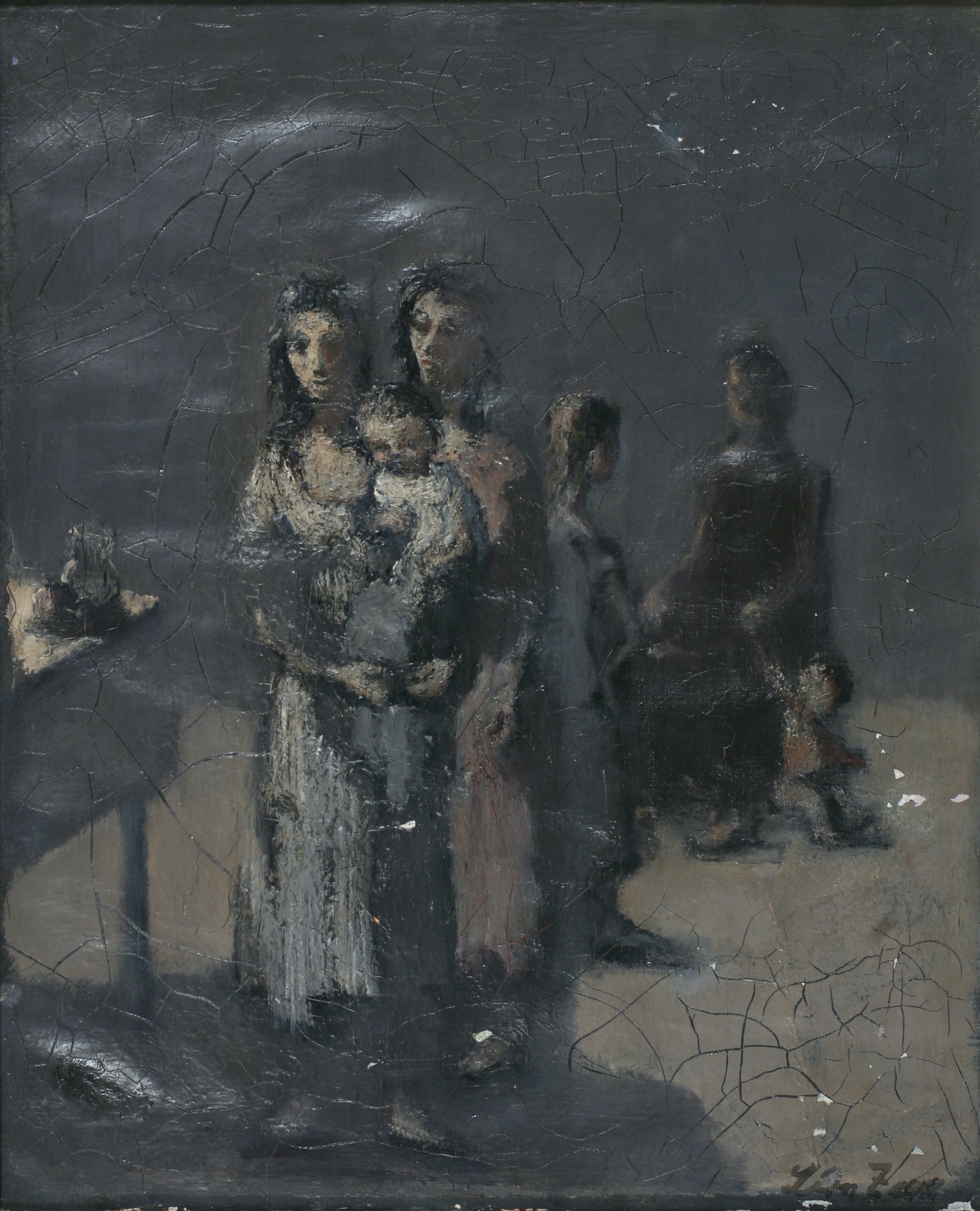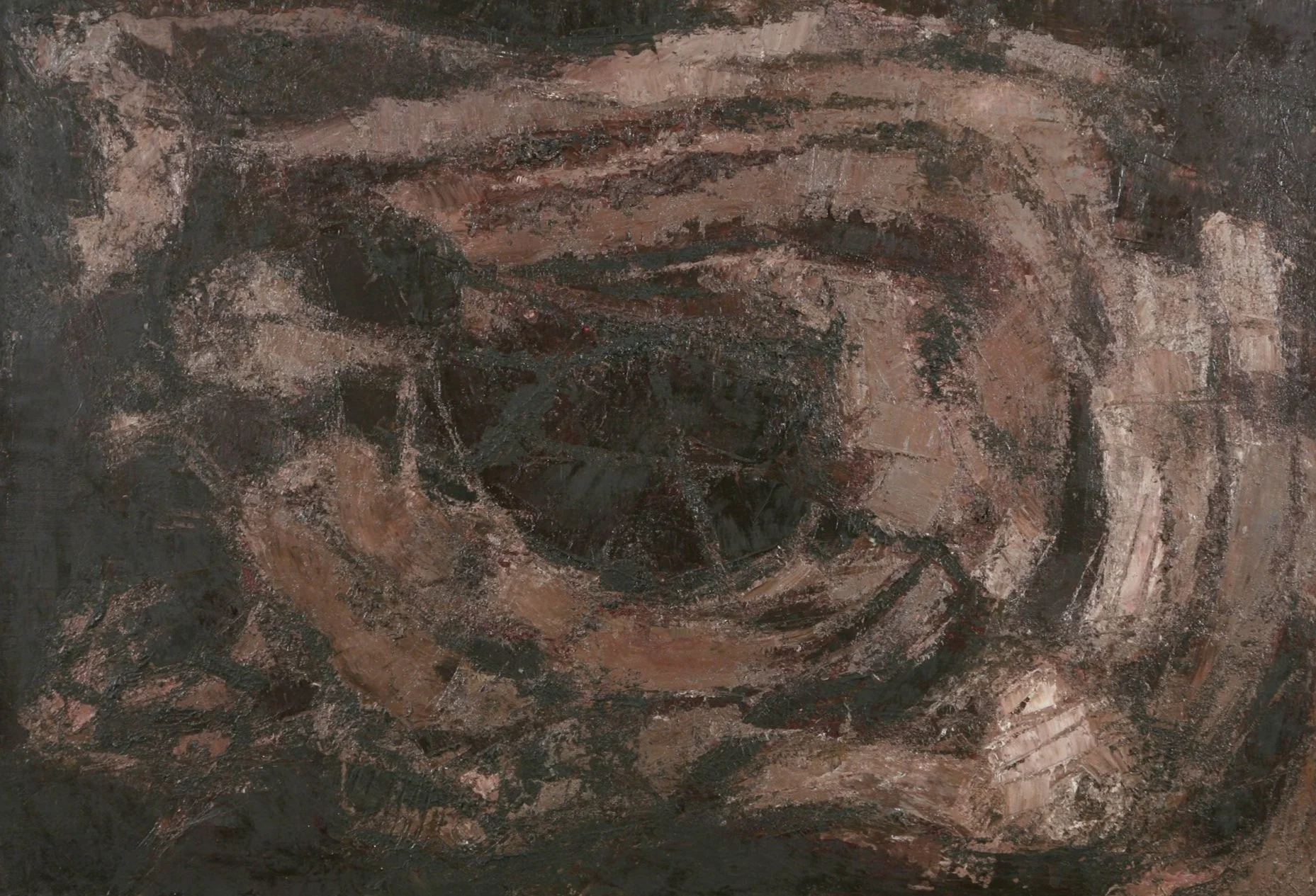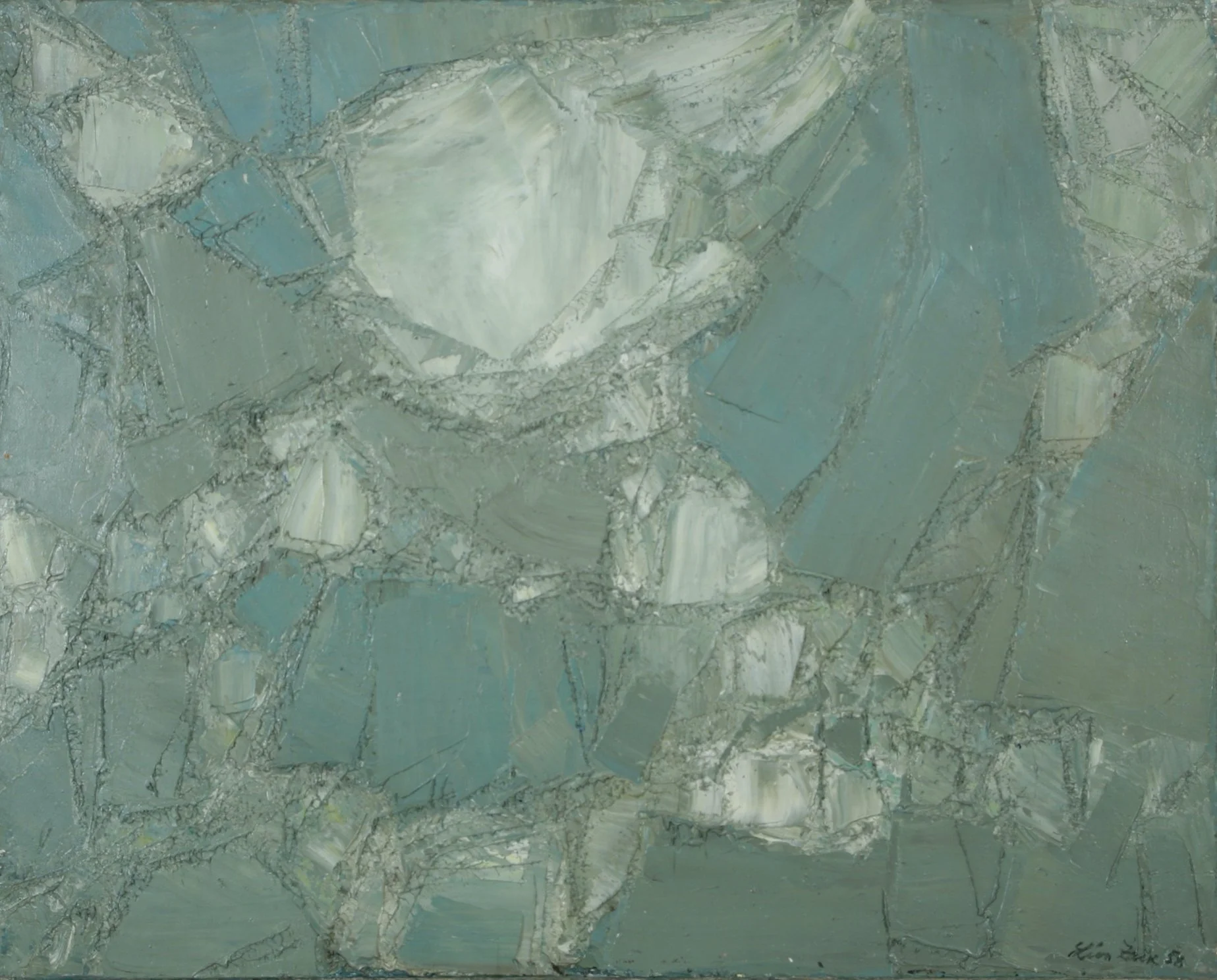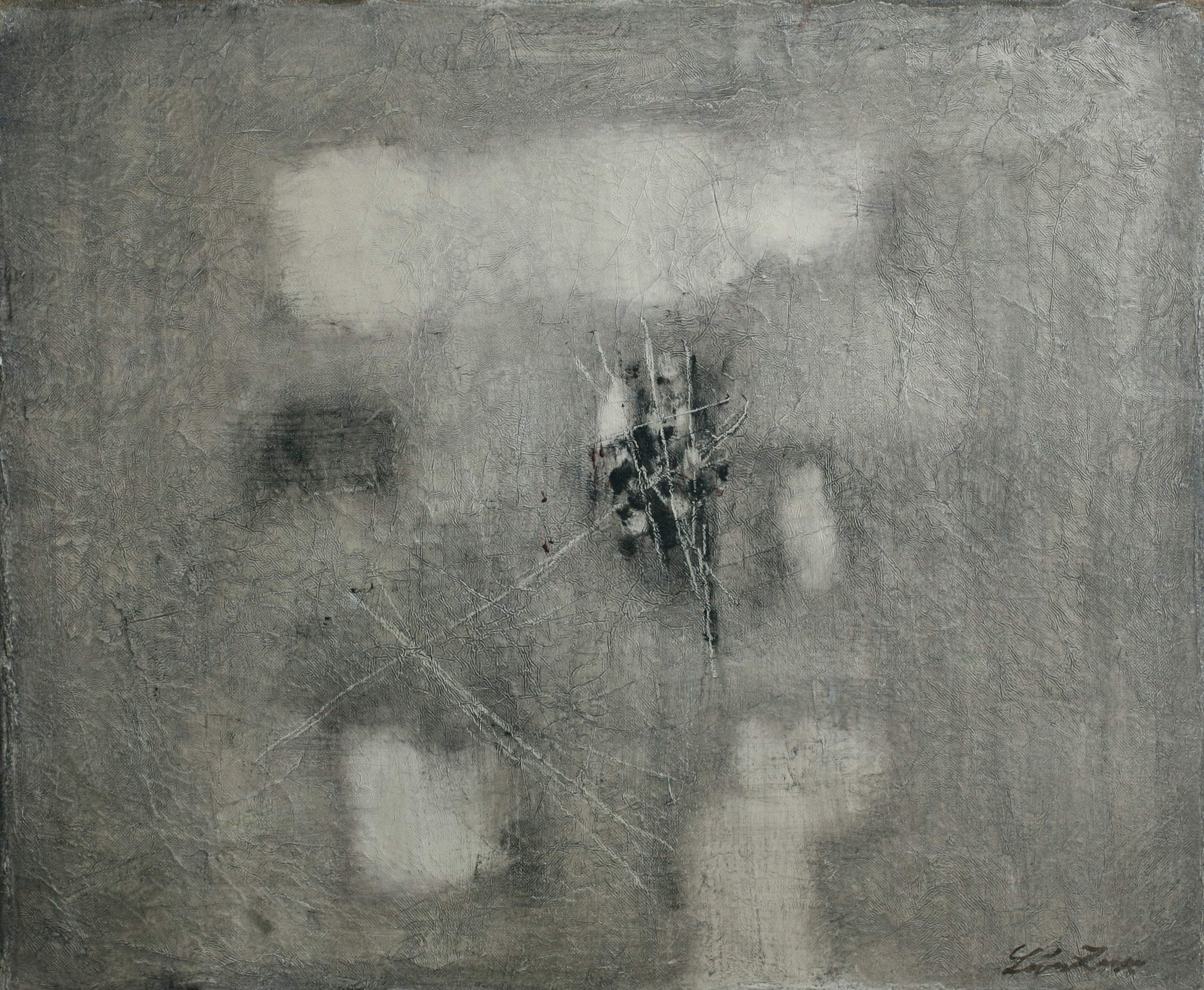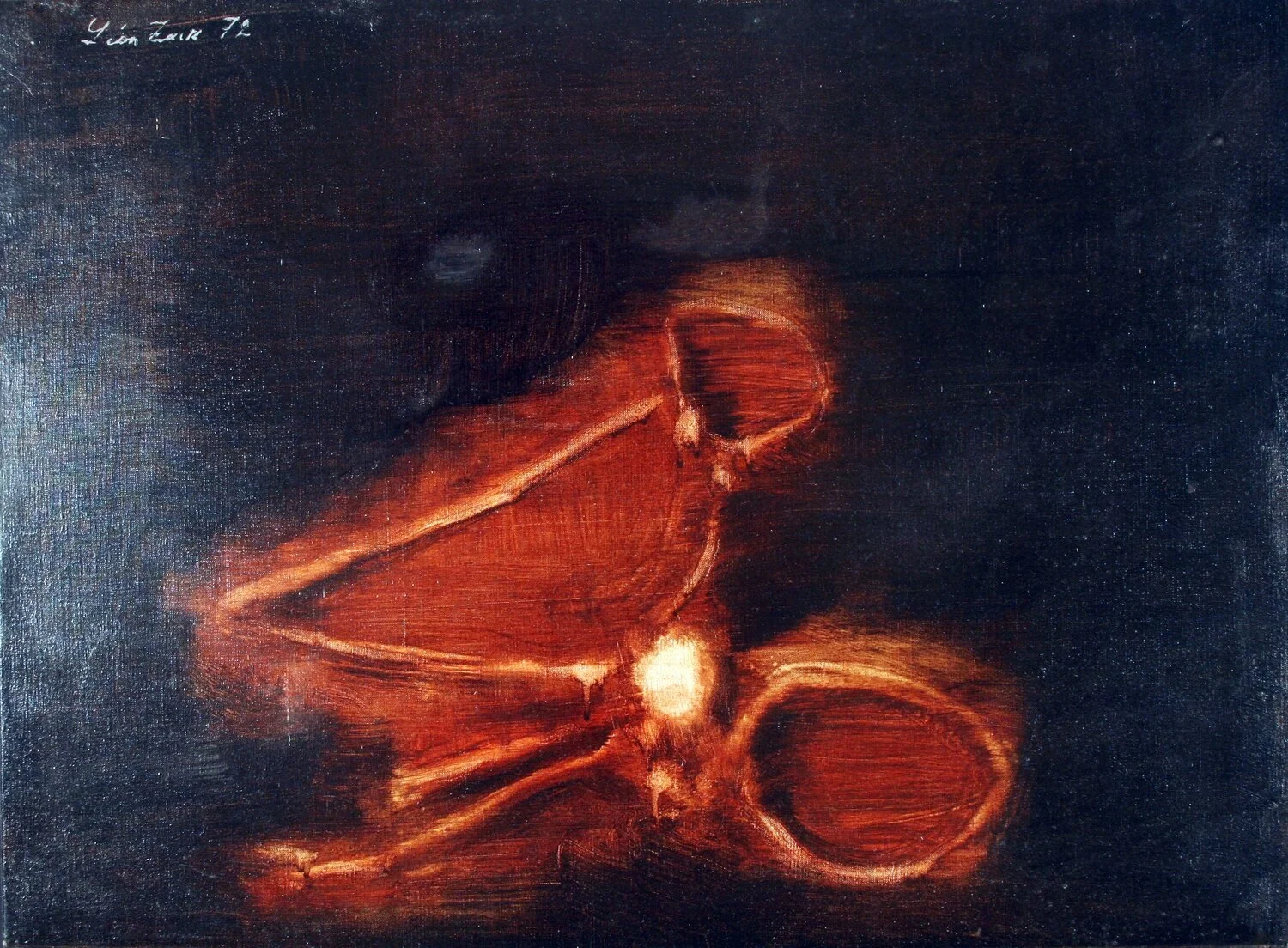Léon Zack (Russian-French, 1892-1980)
Biography
Léon Zack was a Russian-born French artist. Throughout his career, Zack expressed his artistic talent in many mediums. While it was his talent as a painter that brought him international success he also published poetry, produced sets and costumes for Ballets Russes productions, created fabric patterns for the fashion designer Monatti, and made glass sculptures of ballet dancers and musicians for the Primavera art shop in Paris.
Léon Zack studied literature at the University of Moscow, in the meantime also studying painting in private academies. While in Moscow he spent time in the studios of Ivan Rerberg and Ilya Mashkov, the founder of the Jack of Diamonds group.
In 1920 Léon Zack and his family left Russia. The final destination of the journey was Paris, but it took three years until the artist finally settled in France. Zack first travelled to Rome, Florence, and Berlin where he worked on the production of Russian Ballets directed by Boris Romanov. While on tour with the ballet in Paris, Leon Zack decided to stay. In, then, the art capital of the world Leon Zack became friends with Mikhail Larionov and Pablo Picasso. From 1924 Zack exhibited at the Salon des Indépendants, the Salon d’Automne, and the Salon des Surindépendants. In 1926 Galerie d'Art Contemporaine organised the first solo exhibition of Léon Zack. A year later a solo show was held at Galerie Percier. In 1928 Léon Zack had a personal exhibition at A. Manteau Gallery in Brussels with whom he then signed a long-term contract.
While living and working in Paris, Zack's style underwent several profound changes. When he arrived in the early 1920s his painting was figurative. In the 1930's he became closely associated with the neo-humanist movement, inspired by Waldemar George, Hosiasson, Christian Bérard, Eugene Berman, and Pavel Tchelitchew. He exhibited with the neo-humanist group at A. Manteau Gallery in Brussels in 1931. In the late 1930s, his style whilst remaining figurative became increasingly expressionistic. Léon Zack left Paris during the war, taking refuge in Arcachon, Villefranche-sur-Mer, and Grenoble.
In the 1940s neo-humanism in Zack's work was fully replaced by strict expressionism. In 1946 exhibitions in Katia Granoff and A. Manteau galleries were the last to showcase figurative works by the artist. In 1947 Zack turned to lyrical abstraction, later to abstract expressionism. Throughout the 1940s and 1950s, Léon Zack continued to exhibit widely and successfully. The painter diversified his creative career by also working on theatre and ballet productions, illustrating books by famous French authors, and writing poetry.
Today works by Léon Zack are held in the collection of many Modern and Contemporary Art centres in Europe and the United States, including Musée National d’Art Moderne (Paris), Tate Modern (London); the Phillips Collection (Washington), Luxembourg, the Vatican, Royal Museum in Brussels, Carnegie Institute in Pittsburg as well as in the museums of Nantes, Antwerp, and Venice. The manuscripts of his poems are kept in the Jerusalem Philological Faculty Library.
Related artists
André Lanskoy / Youla Chapoval / Serge Charchoune / Jeanne Coppel / Anna Staritsky / Max Papart / Albert Bitran / Pierre Dmitrienko
Available works
Please see below the selection of available original artworks by Léon Zack.
Léon Zack, Family portrait, 1930s. Oil on canvas. 46 by 37 cm.
Léon Zack, Mistique, 1954. Oil on canvas. 100 by 65 cm.
Léon Zack, Composition, 1957. Oil on canvas. 81 by 116 cm.
Léon Zack, Composition, 1958. Oil on canvas. 54 by 65 cm.
Léon Zack, Composition, 1958. Oil on canvas. 73 by 92 cm.
Léon Zack, Gamme Noir, 1960s. Oil on canvas. 60 by 73 cm.
Léon Zack, Composition, 1972. Oil on canvas. 54 by 73 cm.


